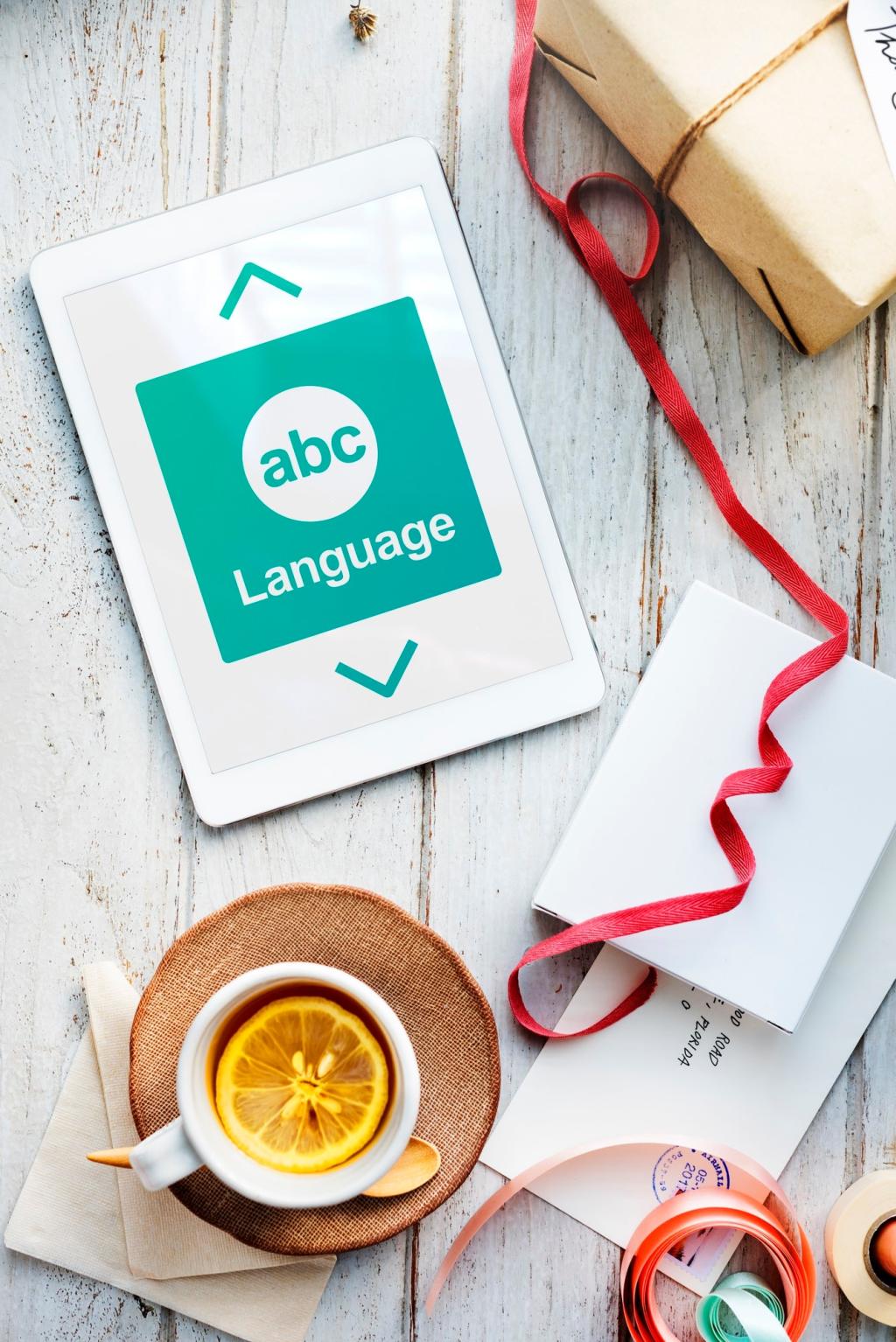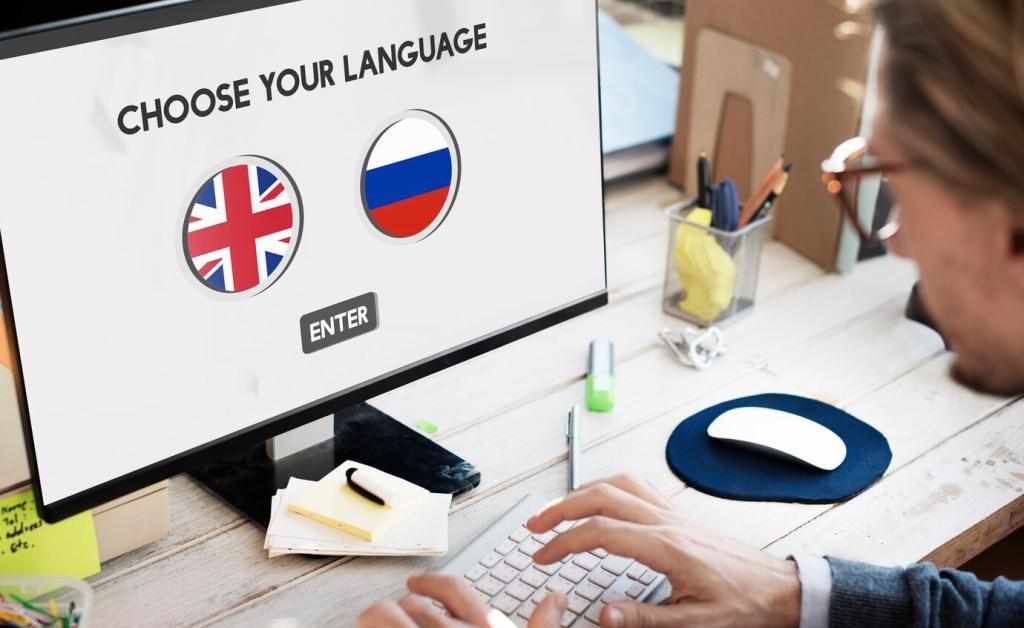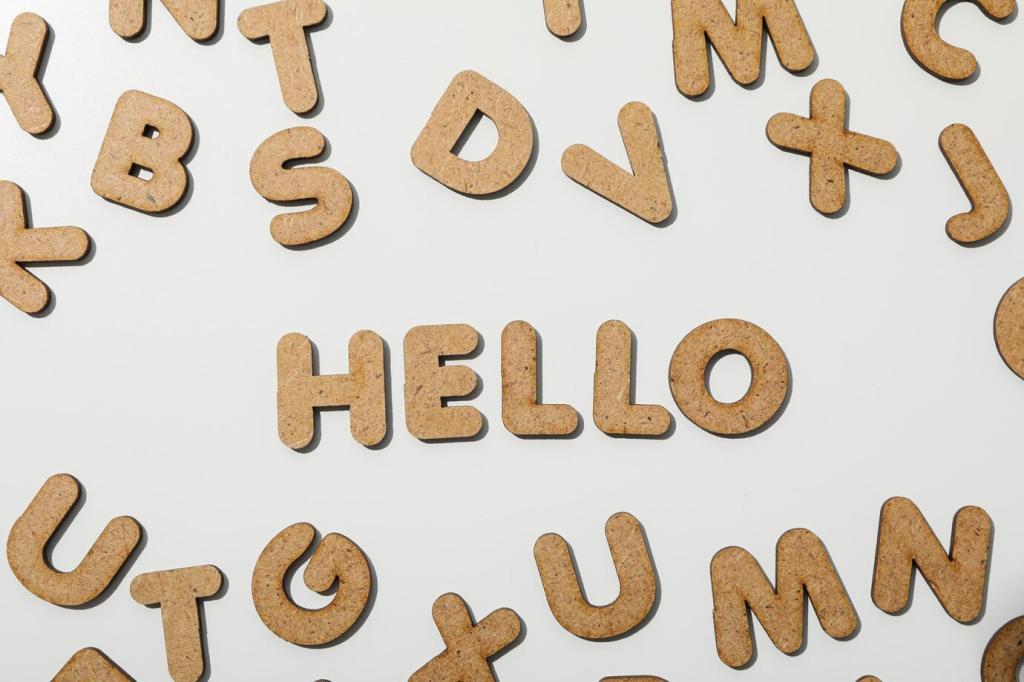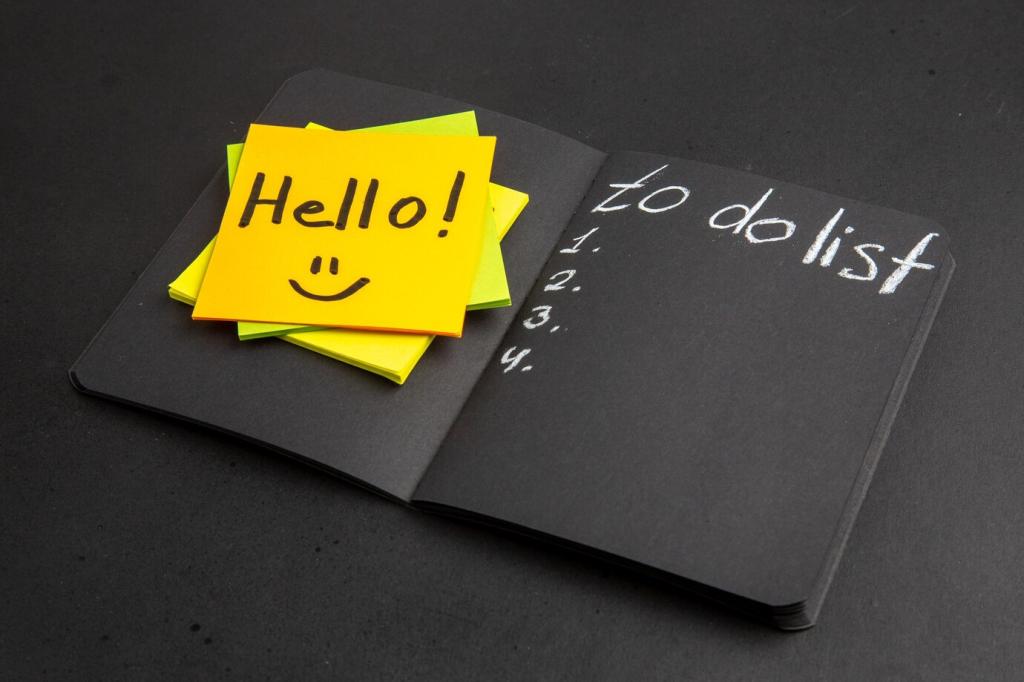Ace Interviews With Multilingual Strategy
Create three STAR stories where your language skills were decisive: a negotiation, a customer recovery, and a compliance win. Emphasize stakes and measurable results. Want a template? Subscribe and we will send a multilingual STAR worksheet you can fill in ten minutes.
Ace Interviews With Multilingual Strategy
If an interviewer switches languages, pause, clarify the task, and confirm scope. If a term escapes you, paraphrase confidently or ask for context. Composure beats perfection. Share an interview twist you faced, and we will crowdsource tactics for handling it brilliantly.









